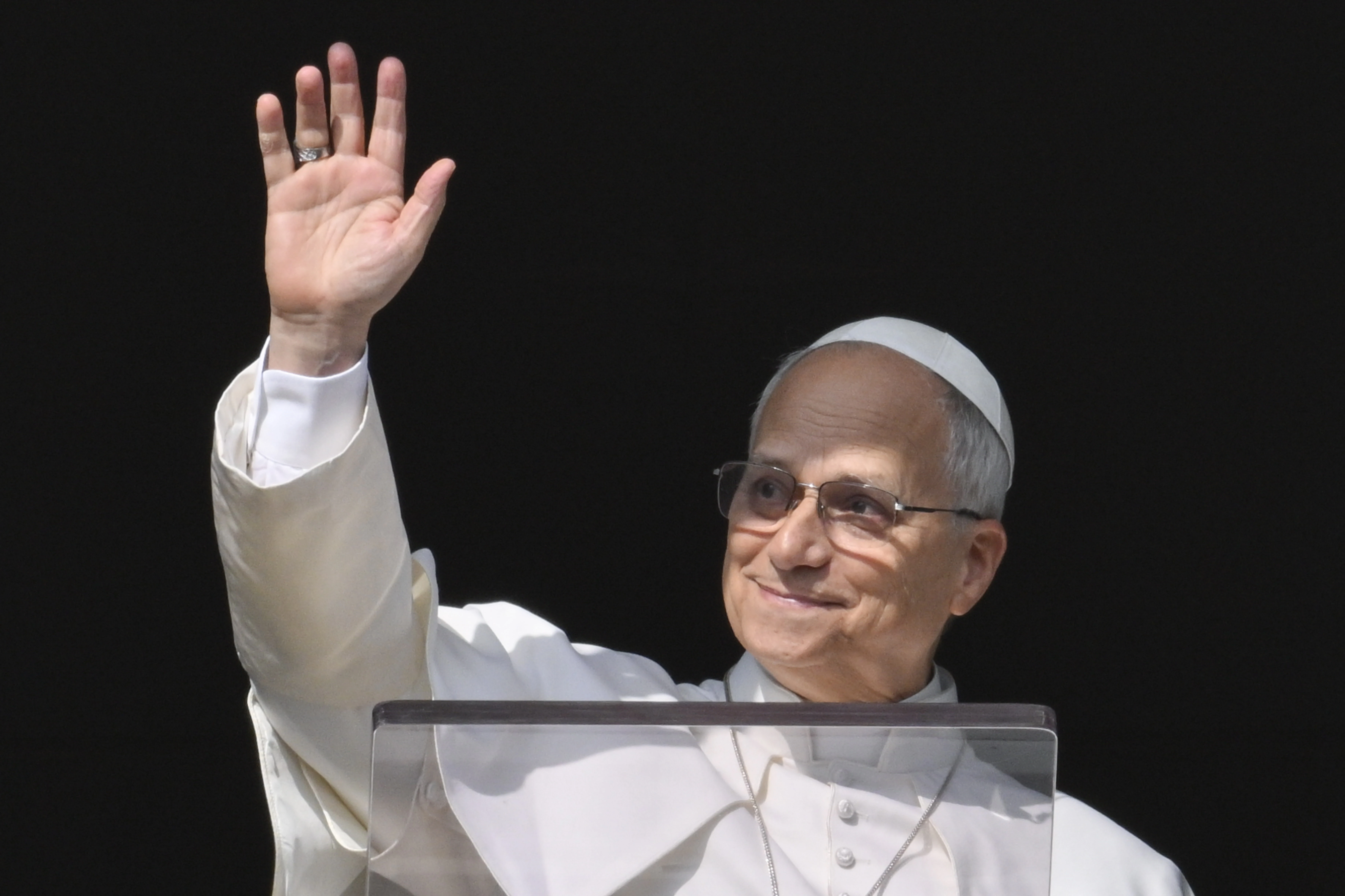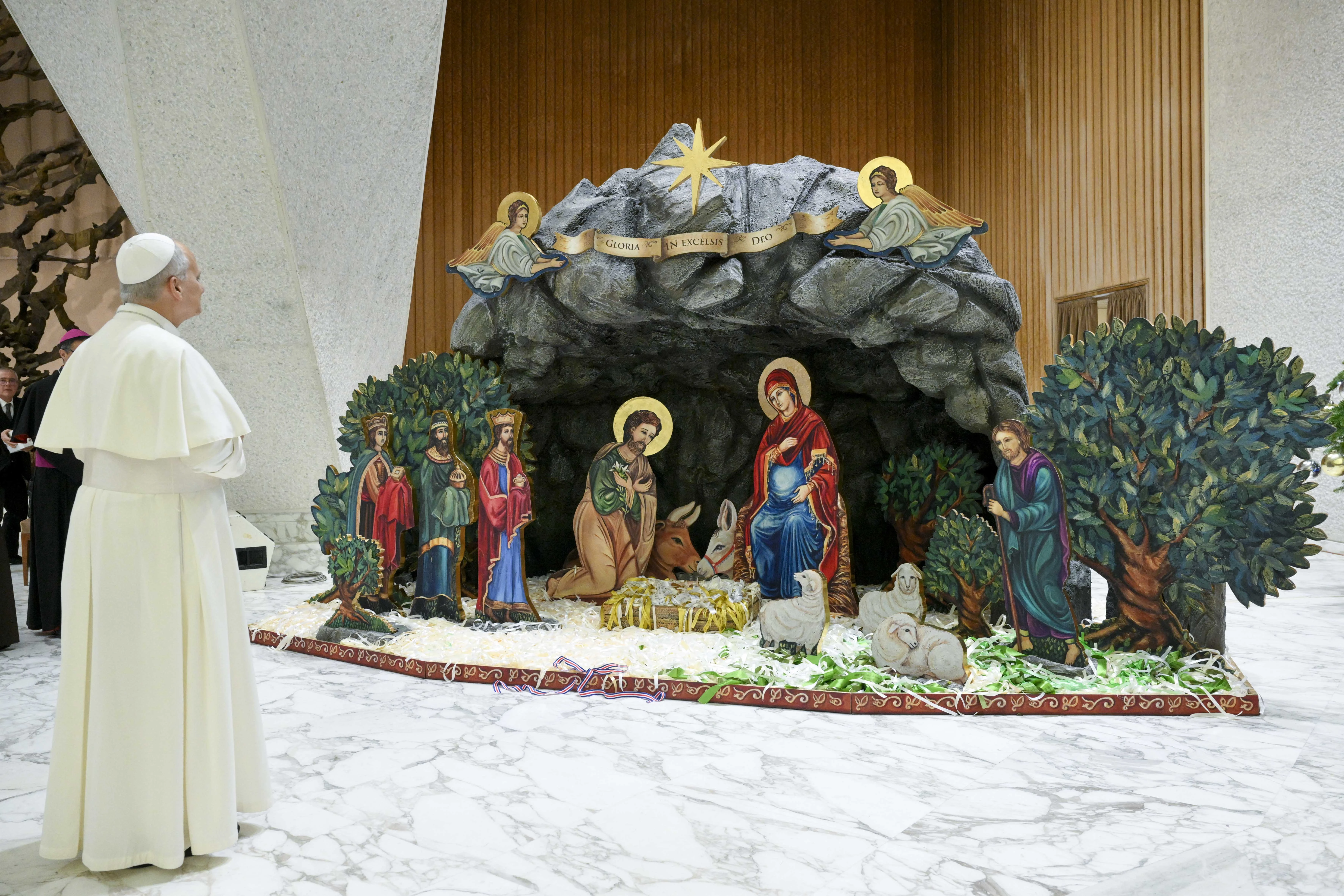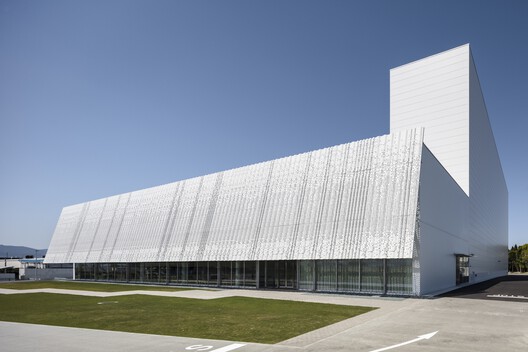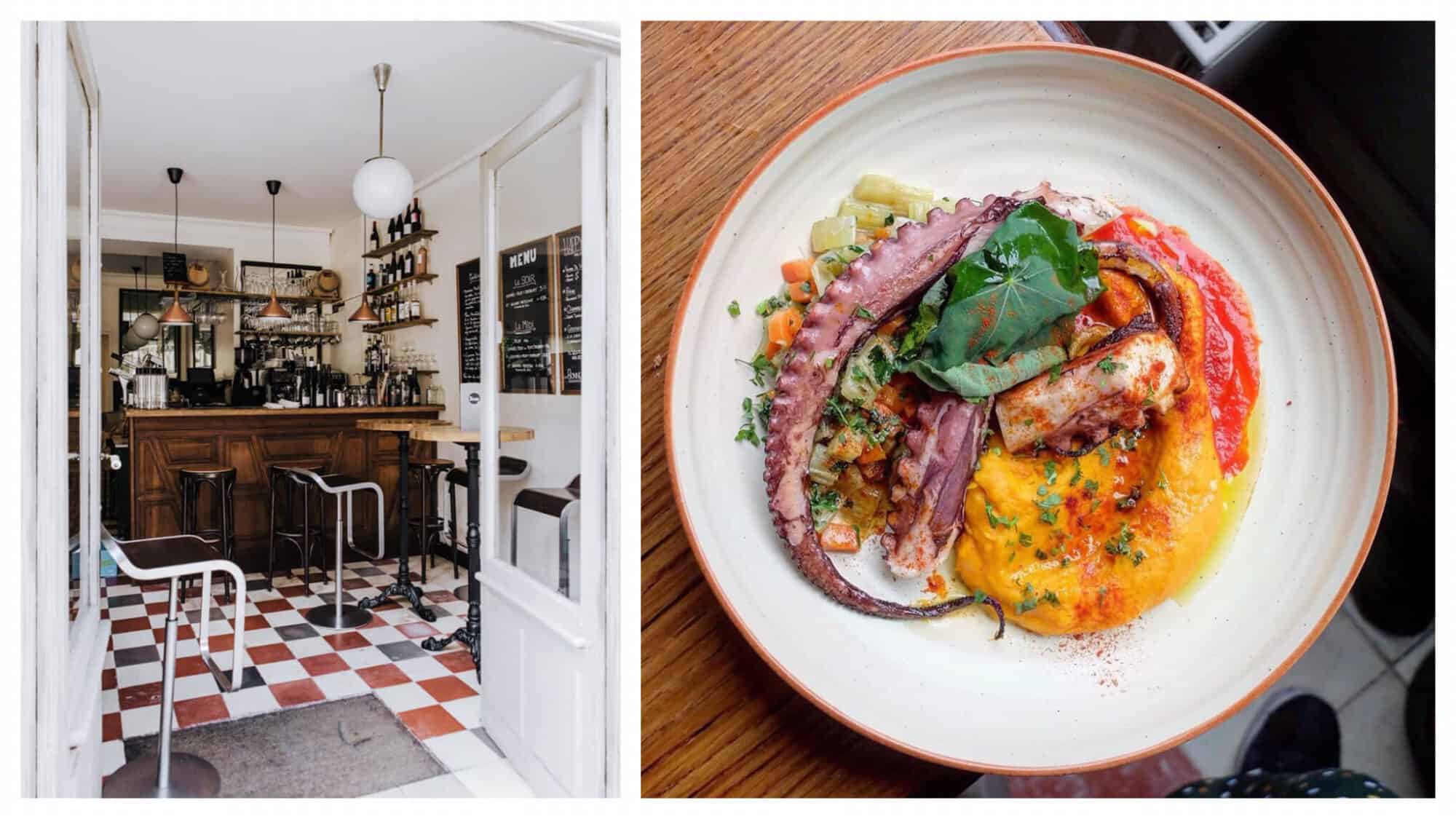Squeezed ‘like a lemon’: White House raising the pressure ahead of Friday tariff deadline
President Donald Trump has settled on tariff rates for most of the country’s largest trading partners. The rest of the world stands in limbo.
A White House official confirmed that Trump plans to sign new executive orders on Thursday imposing higher tariff rates on several countries that have been unable to reach negotiated trade agreements by his self-imposed Friday deadline.
It could include a number of America’s biggest trading partners, including Canada, Mexico and Taiwan. That’s sent their leaders, as well as officials from other sizable economies scrambling to try and secure a last-minute deal or extension — although most are downbeat about that prospect.
“U.S. trade negotiators are squeezing Taiwan like a lemon,” said a person familiar with U.S.-Taiwan trade talks granted anonymity because of their sensitivity. “The U.S. wants it all in terms of access to Taiwan’s markets.”
Unlike with his previous tariff deadlines, the White House insists Trump will follow through this time, and not issue another extension, which he’s done twice since first rolling out his “reciprocal” tariffs on dozens of trading partners on April 2.
“THE AUGUST FIRST DEADLINE IS THE AUGUST FIRST DEADLINE — IT STANDS STRONG, AND WILL NOT BE EXTENDED. A BIG DAY FOR AMERICA!!!” Trump posted on his social media platform, Truth Social, on Wednesday.
Later Wednesday, the president made a dizzying series of other trade moves, rolling out executive orders raising tariffs on Brazil to 50 percent, setting new tariffs on semi-finished copper products and ending a tariff exemption for low-value packages from overseas. He also announced a preliminary agreement with South Korea, setting duties on the country’s products to 15 percent in exchange for pledges to invest more than $350 billion in the U.S., purchase more than $100 billion worth of U.S. energy and lower tariff barriers.
He announced another agreement with Pakistan, “whereby Pakistan and the United States will work together on developing their massive Oil Reserves,” though he didn’t say anything about lowering their tariff rate.
The president has already used the threat of steep new tariffs to reach preliminary trade and investment agreements with Japan, the European Union, the United Kingdom, South Korea and several fast-growing Southeast Asian countries, setting rates between 15 percent and 20 percent. The administration has also maintained a detente with China, although Trump has yet to decide whether to extend a separate, Aug. 12 deadline for duties to spike back up to around 80 percent.
The president plans to sign new executive orders by midnight Thursday to impose those agreed upon duties and avoid tariffs snapping back to the original levels he announced back in April, the White House confirmed. It’s not yet clear, the official said, whether Trump will hold a public event to declare victory in the global trade war he launched months ago or simply sign the new executive orders in private before they are released.
In interviews, officials and representatives from six countries that have not yet struck an agreement with the president to lower their April 2 rates said they are pessimistic they will be able to finalize a deal between now and then, despite concessions they’ve offered to the administration. All of them said that the higher tariff rates would be punishing for businesses in their countries that rely on exports to the U.S.
“There’s not a hell of a lot they can do,” said Mark Linscott, a former U.S. trade negotiator. “I mean, if you’re too small to be given the attention to try to negotiate a lower tariff, you’re kind of stuck with just taking what the administration dishes out and then after that, seeing how you can mitigate that.”
Treasury Secretary Scott Bessent on Tuesday echoed that scenario, though he sought to play down the impact.
“I would think that it’s not the end of the world if these snap back tariffs are on for anywhere from a few days to a few weeks, as long as the countries are moving forward and trying to negotiate in good faith,” Bessent said in an interview on CNBC.
Trump briefly imposed “reciprocal” tariffs of between 10 and 50 percent on nearly 60 trading partners in early April, before pausing them for 90 days. He then extended the deadline from July 8 to Aug. 1, while sending letters threatening different — and in some cases, even steeper duties — to more than two dozen partners. Thirty-two of the countries that were initially hit with the duties in April did not receive a letter from Trump.
On Wednesday morning, Trump announced he plans to impose a 25 percent tariff on Indian goods, which did not initially receive a letter setting a tariff rate. In true Trumpian fashion, he later suggested there may still be some negotiating wiggle room with New Delhi before Friday.
Another 22 countries received a letter setting new tariff rates effective Aug. 1 and don’t appear on track to make a deal. The list includes major trading partners whose negotiations with the Trump administration have stalled, including Taiwan, and smaller countries facing soaring tariff rates as high as 50 percent, like Lesotho and Madagascar.
It also includes the two countries the United States trades with most — North American neighbors Canada and Mexico. Canadian Prime Minister Mark Carney sent his top aide and other leading trade officials to Washington for talks this week. And Mexican President Claudia Sheinbaum said earlier this week that she still hoped to reach an agreement by Friday. But “it’s extremely wishful thinking,” said Pedro Casas Alatriste, the executive vice president and CEO of the American Chamber of Commerce in Mexico, though he added, “I still have a little percentage of hope that something might happen.”
The lack of urgency stems in large part from the fact that most products coming from Canada and Mexico currently do not face a tariff if they’re compliant with the U.S.-Mexico-Canada Agreement, a renegotiated version of the NAFTA trade deal that Trump signed during his first term.
“Canada has a very important USMCA exemption that is in the self-interest of the U.S. to maintain and could give Canada a bit more breathing room to work toward the right deal versus a rush deal,” said one Canadian official.
White House officials have been candid that they are primarily focused, at this point, on negotiating deals with a handful of big countries, while dictating new tariff rates to the rest of the world.
“We’re now negotiating with various other countries and the rest we’re just sending out the bill to, the bill, we send a letter saying you pay a certain tariff,” the president told reporters Wednesday at the White House. “Obviously that’s most of them because you have, as you know, hundreds of countries, a lot of countries out there.”
But negotiations with some major economies have bogged down.
Trade negotiators for Taiwan have been working for months to try to stave off a 32 percent tariff, pursuing a two-pronged strategy of trade talks backed by pledges to ramp up purchases of U.S. products including agricultural commodities, liquified natural gas and weapons to reduce its $73 billion trade deficit with the U.S. Talks continue this week in Washington but so far there’s been no breakthrough
That places Taiwan’s President Lai Ching-te in a position of political double jeopardy — submit to onerous trade terms and risk blowback from key segments of his constituency or refuse the administration’s terms and risk alienating Trump at a time when it faces a potential Chinese invasion risk as early as 2027. “For Taiwan the danger of displeasing Donald Trump is existential,” said the person familiar with those negotiations.
“I think every leader is facing this dilemma of negotiating directly with the president and anticipating that he will push for further concessions than what have been discussed at the negotiator level,” Linscott said. “And, if a deal is struck, [Trump] will then make some pretty substantial claims in terms of what the U.S. got.”
The Trump administration’s justification for hiking tariff rates up to 50 percent on some countries is based on the fact that the U.S. buys far more from those places than it sells to them. That’s a challenge for tiny countries like Lesotho and Madagascar in southern Africa, which send textiles to the U.S. through the African Growth and Opportunity Act, but import little in the way of American goods.
It’s also presented problems for larger trading partners like Switzerland, whose government does not impose duties on U.S. industrial products but has a large trade imbalance because of the all the pharmaceuticals, high-end machinery and other Swiss goods it sells in the U.S.
Rahul Sahgal, the CEO of the American-Swiss Chamber of Commerce, said that many of the country’s consumer businesses, like the sneaker brand On, haven’t been deeply harmed by the 10 percent tariff, but that would change if the tariff jumped to 31 percent, which would be far more difficult for companies to absorb.
While the Swiss have continued to negotiate with the Trump administration, Sahgal pointed out it would be nearly impossible for the country’s population of just 8.8 million people — about the number of people living in New York City — to consume enough American imports to rebalance the two countries’ trade relationship.
“Even if we were to eat a steak every day and every third, drink a bottle of bourbon and buy a Harley Davidson, it would hardly change the trade balance,” Sahgal said.




















:quality(85):upscale()/2023/09/18/918/n/1922398/a1136b676508baddc752f5.20098216_.jpg)
:quality(85):upscale()/2025/10/09/670/n/1922283/00b944c868e7cf4f7b79b3.95741067_.jpg)
:quality(85):upscale()/2025/10/15/765/n/1922398/29c37a6e68efd84bb02f35.49541188_.jpg)
:quality(85):upscale()/2025/09/09/891/n/1922283/7222624268c08ccba1c9a3.01436482_.png)
















